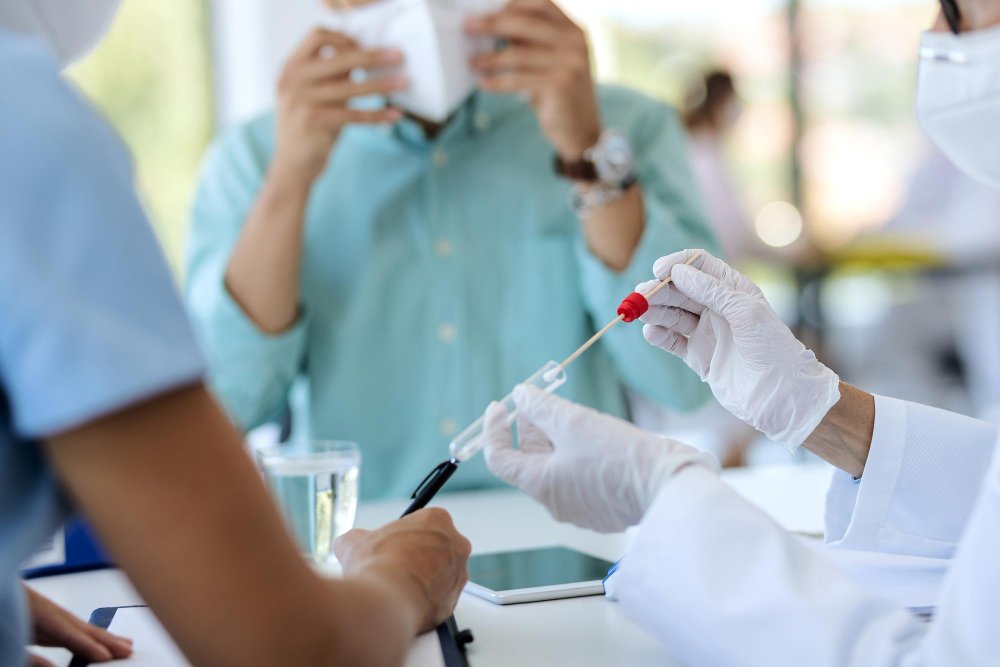
If you are concerned about the spread of COVID-19, you will need to remain up-to-date on developments and conduct tests regularly. Since the outbreak of the pandemic, much knowledge has been gained. Various COVID-19 testing alternatives are now available, some of which are available in the privacy of one’s own home. A negative test result might provide much-needed reassurance and peace of mind as the epidemic enters a new phase. Thanks to laboratory services Otsego, MN, you can get your test done anytime.
Unfortunately, with so much information at your fingertips, it may be difficult to tell reality from myths. Here are common misconceptions debunked.
A negative COVID test indicates that you are safe
Negative results on the COVID-19 test indicate that you were not infected when your sample was obtained, which is good news. A coronavirus test may not reveal illness in those exposed to the virus too quickly. The fact that you don’t have the infection does not indicate that you are immune to COVID-19 or that you will not acquire it in the future.
COVID tests enhance the probability of an increase in COVID-19 positive cases
One of the leading causes of this fallacy is a misunderstanding of the relationship between the relative impact of COVID testing and the number of positive instances. The purpose of COVID testing is to determine the rate and location of COVID infection. The epidemic is soaring if more individuals get infected, which is a vital sign that community transmission is reaching its apex. Local authorities must enforce stricter safety protocols to combat human behavior as a significant contributor to the spread of illness in most infection hotspots.
Getting a Covid-19 test is excruciating
When it comes to being tested for Covid-19, the procedure may not be the most pleasant, but it should not be painful. Swabbing should take less than a minute to complete during the testing procedure (less time than a blood test). The sensation of a tickle in your throat after the swab is perfectly typical, and it is OK! Sneezing could also be an option while applying the swab to your nose. It is also quite normal.
Only if you are experiencing symptoms should you schedule a COVID-19 test
As recommended by the CDC, testing should be placed in as many different contexts as possible. Having signs of COVID-19, whether or not you have received the vaccination, is one of these circumstances.
However, testing is necessary for other situations as well. You should test for COVID-19 if you come into contact with someone who has it and again five to seven days later if you have not been vaccinated, according to the Centers for Disease Control and Prevention.
There are not enough tests to accommodate everyone
Book a diagnostic test if you are experiencing symptoms. You should always be able to acquire a test promptly and near home since the number of tests and laboratory capacity are continually responding to local demand.
As the number of instances of COVID-19 rises worldwide, being tested provides you the peace of mind you need. Getting tested is a simple and painless method to learn more about your health and those close to you.
